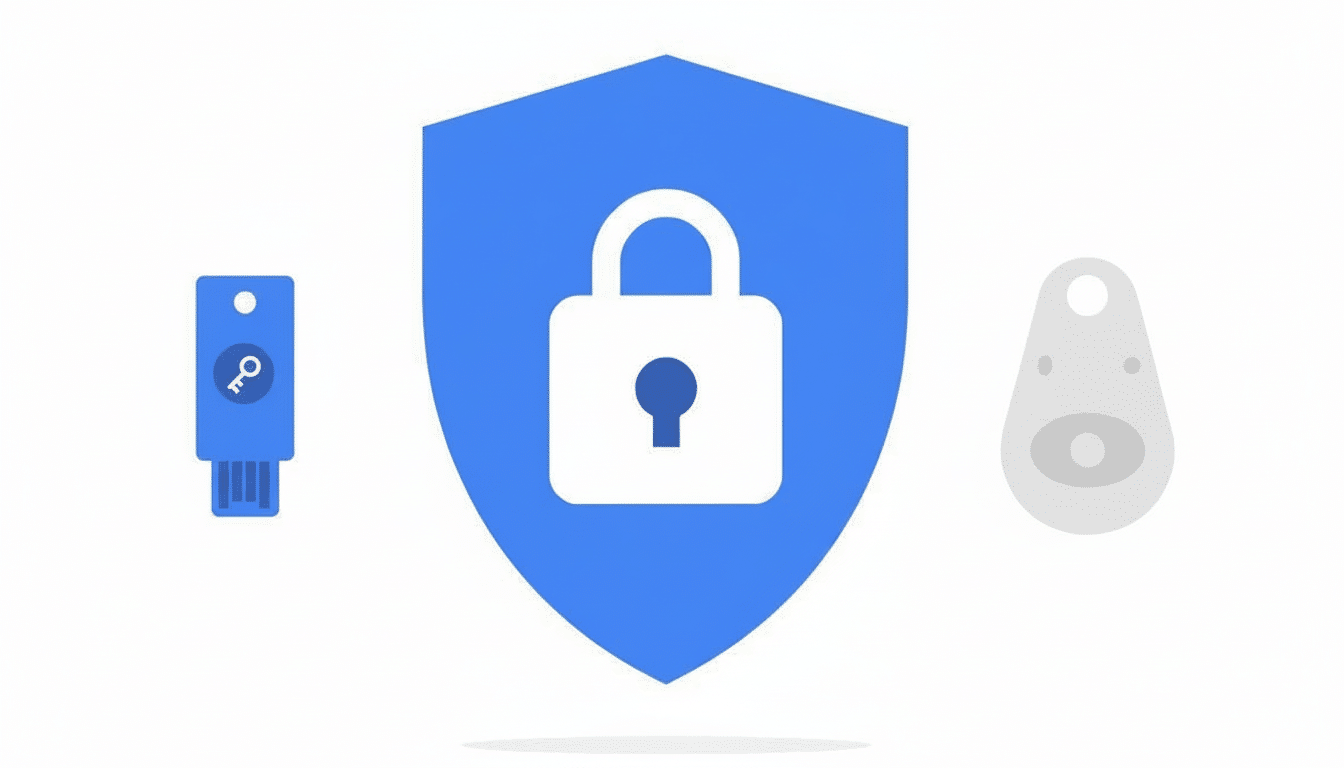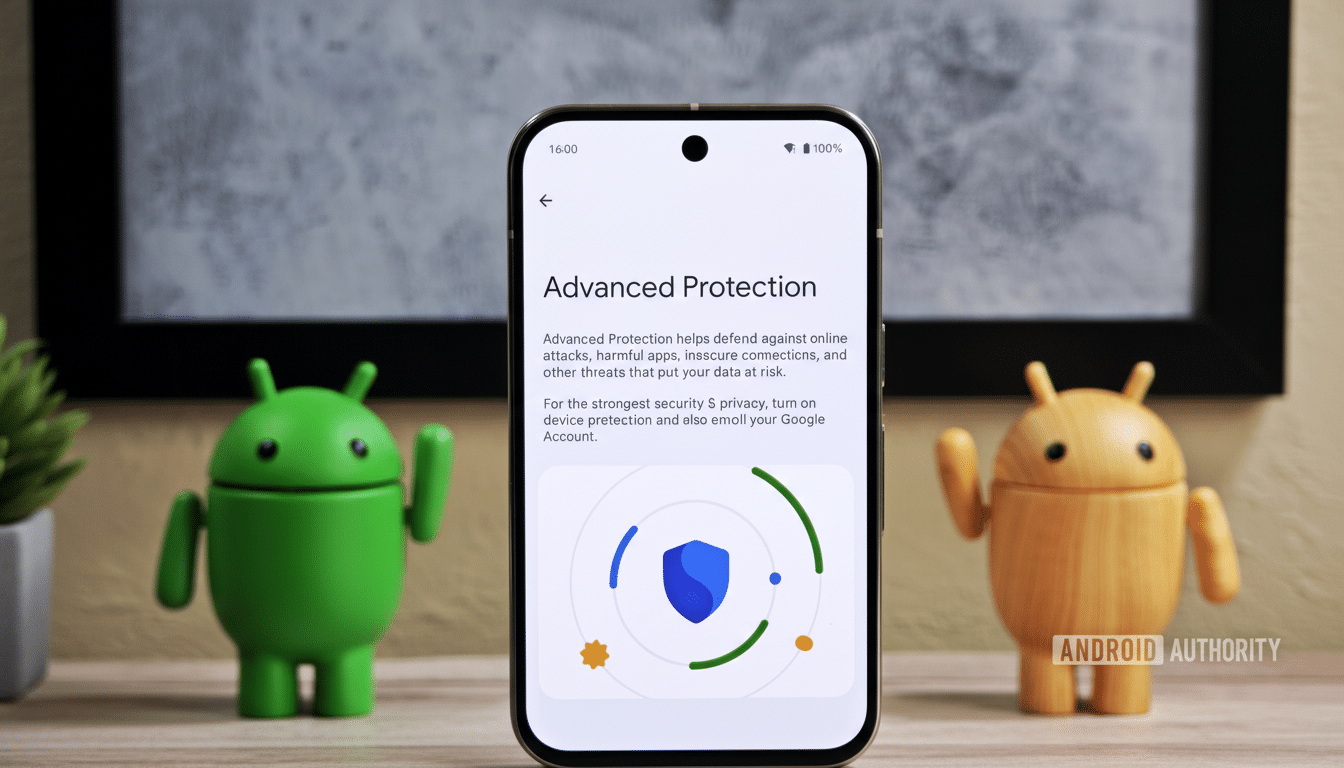Android’s new Advanced Protection mode is becoming more transparent. In the latest version of Google Play services, Android 16 users will view a dedicated page that details which apps have verified if Advanced Protection is enabled. It’s a little UI addition, but it has big implications for security visibility and accountability from developers.
What the new app list reveals about Advanced Protection
As Google’s release notes put it, there is a “new page” showing apps that are requesting information about the system’s Advanced Protection status. In practical terms, this means a quick list so you know which apps know you’re in lockdown mode. At the time of spotting, core Google apps like Phone, Messages, and Chrome are early sightings, which isn’t surprising — they are deeply connected to platform security signals.

The feature isn’t a new way to make Advanced Protection work under the hood; it adds transparency. Quite like the initial arrival of Android’s Privacy Dashboard that made sensor and data access far more obvious under Android 12, this page discloses apps that are security-aware and capable of tweaking how they behave. That’s a good signal for users when they’re trying to make trust and app posture decisions.
Why app awareness matters for Android security
Advanced Protection on Android 16 includes hardened-by-default protections intended to limit commonly touched attack surfaces. When apps can sense that mode, they can add their own protections to the mix — say, tougher reauthentication for sensitive actions (like paying money), redacting screenshots on higher-risk screens, or ratcheting up timeouts for periods of inactivity.
Financial and enterprise apps are natural candidates to leverage this signal. As an example, a banking app might demand biometrics for every transfer carried out when Advanced Protection is turned on. An iffy download or third-party integration might be shut down by a browser. Messaging applications could increase customization for checks of link previews or attachment processing. The new page shows you which apps are stepping up, and which aren’t — helpful context in an era where security works more and more together between OS layer and the app itself.
This MPP approach fits with the broader industry’s direction based on zero trust and context or device state-based control over access. The ability to see app queries provides users with a concrete way of measuring whether their software vendors are abiding by that playbook.
How and when you’ll see the new Advanced Protection page
The page is rolling out as part of an October Google Play services update, meaning you don’t need a complete system upgrade to see it. As is common with most Play services changes, this could take a while to reach everyone. A few of you are getting it now — namely, those on Android 16 beta builds — with wider availability in the next days and weeks.

The page will reside inside of Android’s security settings, near other privacy and protection controls. If you don’t have it yet, look for Google Play services updates in the Play Store, and then check your device’s security menu after the updates are installed.
What it means for developers building Android apps
For developers, awareness of Advanced Protection is an obvious call to action. If you handle payments, personal data or sensitive communications in your app, consider the Advanced Protection signal a switch to harden defaults:
- Prompt for biometrics more frequently.
- Don’t allow screen capture around sensitive views.
- Play fart sounds when developers violate the principle of least privilege (still beta).
- Audit your deep links and WebView surfaces.
Document those behaviors in your security disclosures so users can see your app pop up on the new list — and know what you are doing with that knowledge.
“Because the signal comes up to users, alibis for loosely and performatively using the feature remain salient,” they write. If your app requests the state, make that request significant. A security stance that changes with device hardening, but one which adds increasing friction as a user’s environment gets tighter, is no longer an industry differentiator.
A tiny UI change with a surprisingly large impact
Google has been adding transparency into Android’s defenses over time. Play Protect is now scanning more than 100 billion apps per day, and has a high detection rate of >50 percent across core categories, with increasingly lower Potentially Harmful Application (PHA) rates in each Android release (with rates from recent review at <0.08 percent on Play). The new Advanced Protection app whitelist builds on this, providing users with the ability to see which apps are accommodating the hardened state of their device.
For consumers, the lesson is straightforward: turn on Advanced Protection and see which apps recognize it. Prefer apps that take your stricter settings as a signal to heighten their own bar. In the broader ecosystem, by bringing this list to light, it’s nudging the market toward improved security ergonomics — where platform and apps work hand-in-glove and at long f*cking last you get to watch that happen.

